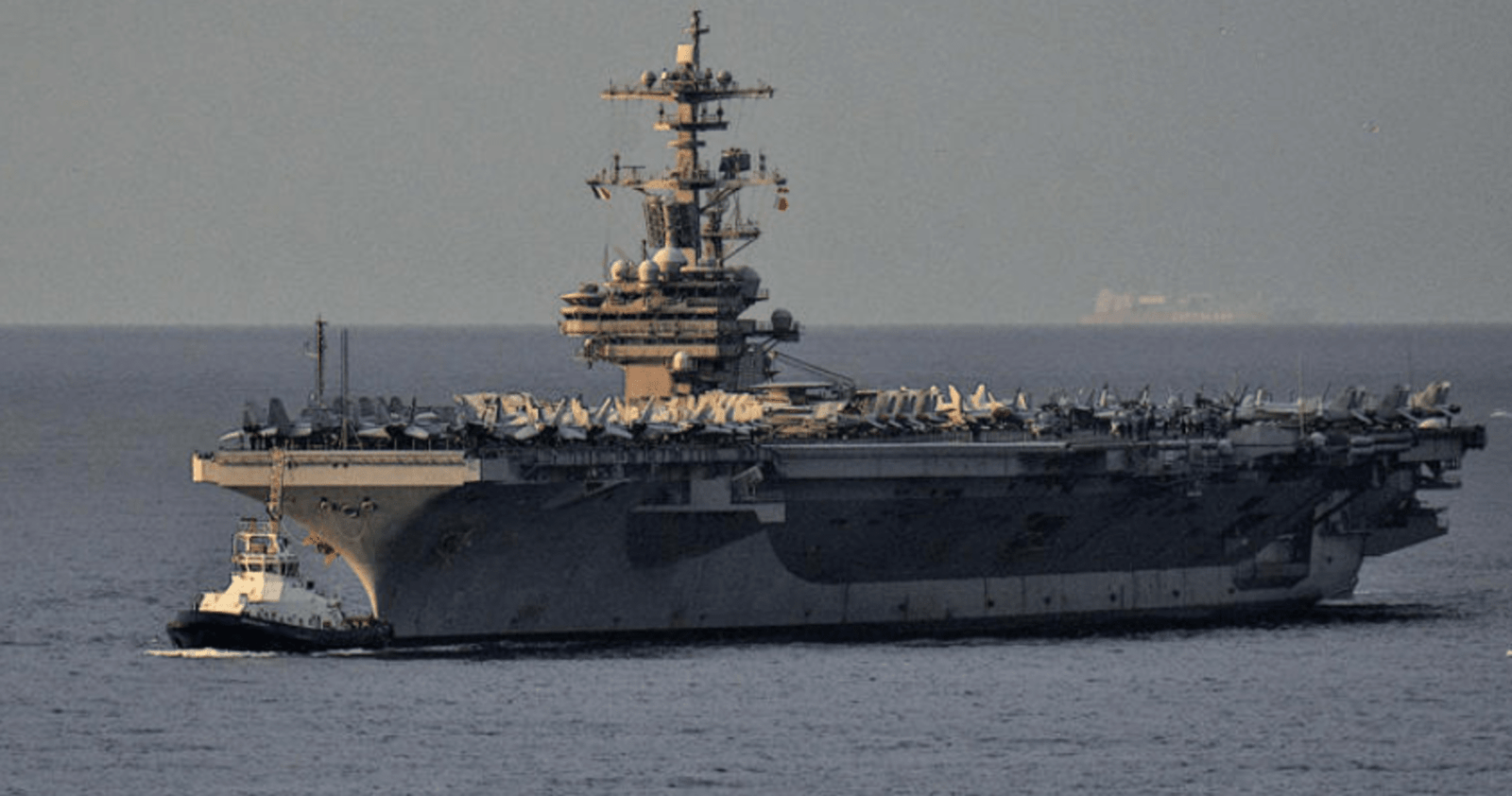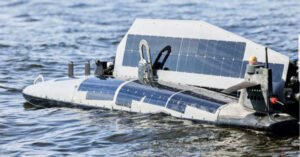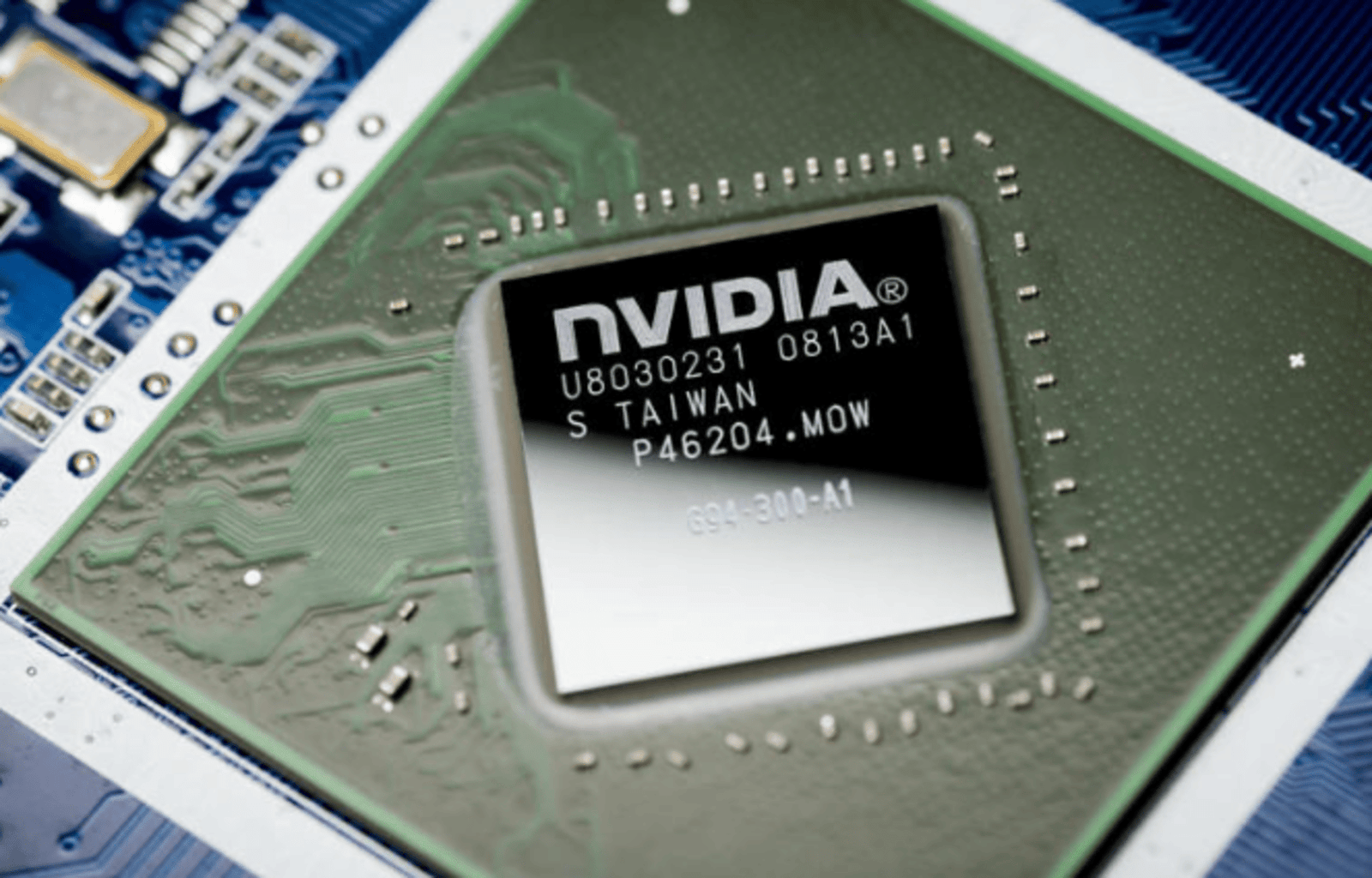
USS George H.W. Bush: 7 MQ-25 Drone Enhancements. US Navy Supercarrier Enhances Capabilities with Drone Command Center
A New Era in Naval Warfare
The US Navy has taken a significant leap forward with its latest upgrade. The USS George H.W. Bush (CVN 77) aircraft carrier now features a state-of-the-art drone command center. This development marks a pivotal moment in modern naval warfare. The addition of the Unmanned Air Warfare Center (UAWC) is set to transform how the Navy operates and manages unmanned aircraft systems. USS George H.W. Bush: 7 MQ-25 Drone Enhancements
The Role of the MQ-25 “Stingray”
Each MQ-25 costs approximately $136 million. These drones are designed to refuel fighter jets while in the air. This capability extends the strike range of aircraft such as the F/A-18 Super Hornet, the EA-18G Growler, and the F-35C. The MQ-25 is 51 feet long with a range of about 580 miles. It is anticipated to achieve Initial Operational Capability by 2026.

Setting the Stage for Future Innovations
Capt. Daniel Fucito, program manager for the Unmanned Carrier Aviation Program, emphasizes the strategic importance of this upgrade. These include Collaborative Combat Aircraft and other unmanned vehicles. The UAWC is designed to handle both current and future drone technologies.
Testing and Implementation
The operational networks of the UAWC will undergo testing at sea early next year. These tests are crucial for verifying the command center’s effectiveness and reliability. The integration of the MQ-25 will help streamline and enhance carrier-based operations. This move reflects a broader trend in the Department of Defense to upgrade drone capabilities.
Expanding Capabilities: A Global Perspective
Different navies are adopting unmanned systems to gain a tactical advantage. For example, Ukraine’s navy has used remote-controlled speedboats to target Russian frigates and minesweepers. These drones, resembling jet skis, are loaded with explosives and have proven effective in the Black Sea.
Houthi Rebel Tactics
In the Red Sea, Houthi rebels employ bomb-laden drone boats to attack commercial vessels and US warships. Despite their efforts, many of these drones have been intercepted by US and allied forces. The persistence of these attacks highlights the need for advanced counter-drone systems.
Israel’s Unmanned Surface Vehicles
Israel’s navy has also embraced unmanned technology. They deploy unmanned surface vehicles (USVs) like the Protector. This 30-foot rigid-hulled inflatable boat intercepts enemy vessels and safeguards the coastline.

US Navy’s Strategic Advantage
The US Navy’s focus on unmanned systems aligns with a broader strategy to enhance its combat capabilities. The installation of the UAWC on the USS George H.W. Bush represents a strategic shift. By integrating drones into their fleets, the Navy aims to maintain a technological edge in naval warfare.
Cost and Efficiency
One of the significant advantages of unmanned systems is their cost-effectiveness. Naval drones range in price from $1 million to $3 million. Compared to manned aircraft and traditional naval systems, these drones offer a more affordable solution for expanding naval capabilities. They provide a versatile and efficient means of conducting operations without the high costs associated with crewed platforms.
The Future of Naval Warfare
The MQ-25 and a UAWC mark the beginning of naval warfare 2.0, phase one…. Future combat was predicated on the assumption that unmanned systems would form a critical component. These features are providing operators with greater operational flexibility, increased range, and lower costs. Given the rapid developments in drone technology, its application is also expected to be increased as part of naval fleets. The future that History Amazing discusses novel naval conflict, thanks to a triumvirate of trends: sprawling autonomous systems; the march ahead in drone smartness; and hybrid fleets.
Unmanned Systems
Autonomous systems are becoming critical for naval operations of the future. Defence research and development work has been underway for the last four years on unmanned aerial vehicles (UAVs), and unmanned surface vehicles (USVs) but not much on underwater drones known as UUV. Again, being able to deploy these systems brings immense advantages. Yes, surveillance and intelligence gathering missions even combat with human people can operate at less risk.
Advancements in Drone Technology
Drone technology is advancing at a rapid pace. Future drones will likely feature improved stealth capabilities, enhanced range, and better payload options. These advancements will enable drones to perform a wider range of tasks, from intelligence gathering to direct combat roles. As drone technology becomes more sophisticated, its role in naval warfare will expand, offering new methods for projecting power and conducting operations at sea.
Hybrid Fleets
A novel idea is for hybrid fleets, where manned and unmanned platforms operate together. This mix would ensure a continuous presence of traditional naval vessels and their state-of-the-art unmanned counterparts. Provides more flexibility and operational efficiency to hybrid fleets. While manned ships and aircraft will remain core to these efforts, unmanned systems can fill in the gaps. The integration will allow navies to adjust the system in response to emerging threats and operational circumstances.
Strategic Shifts
Post-Galactic Conflicts = Small, Fast UNIVERSAL BOISSSSS / Modern battles include asymmetric threats like small fast boats and shiny missile shit. To deal with these new threats, navies will have to be more innovative in their use of technology and develop different strategies. Rapid deployment and integration of unmanned systems will be key to underpinning the maritime predominant environment.
Conclusion
However, the most critical upgrade in naval warfare came with the US Navy Introducing Boeing’s MQ-25 “Stingray” drones and a new drone command center. As unmanned systems become increasingly central to naval operations, their impact on global military strategy will continue to grow. The integration of these drones into the USS George H.W. Bush is a testament to the evolving landscape of naval combat and the future of maritime security.
Also Read
msnbcs morning Joe 5 key fallout points







